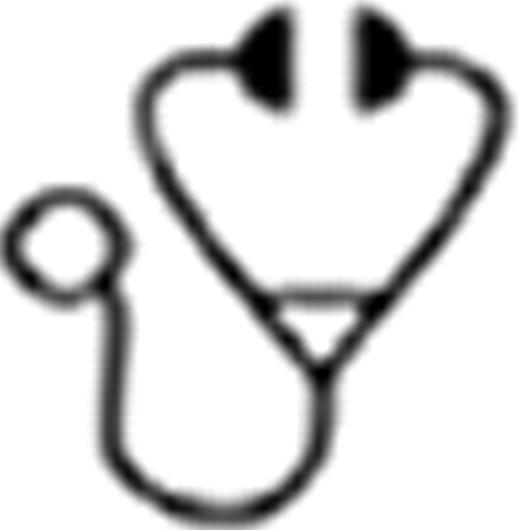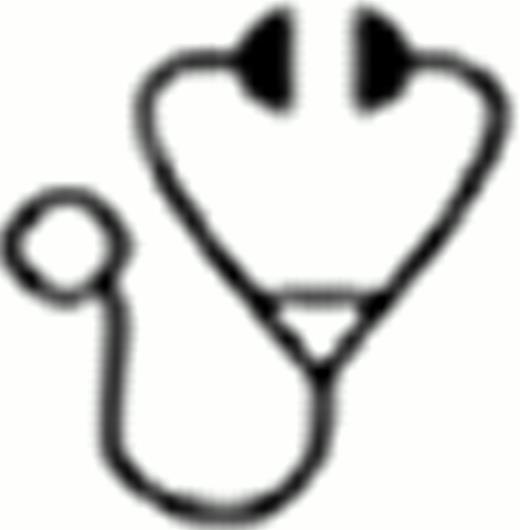Abstract
Peripheral T-cell lymphomas (PTCL) are characterized by a poor prognosis, conventional chemotherapy provides a long-term survival of approximately 25%. Few prospective data suggest that autologous SCT (autoSCT) can improve prognosis when used up-front. Allogeneic SCT (alloSCT) can obtain a durable disease control at relapse in 40% of patients (pts). Based upon these premises, we designed a phase II trial for young pts (age 18 –60 yrs) in which intensified chemo-immunotherapy was used before auto or alloSCT. Transplant type was decided according to the donor availability. Primary endpoint was CR rate at one year after the end of treatment. This was the first prospective trial employing high-dose (hd) chemo-immunotherapy and alloSCT frontline in PTCLs.
64 pts with newly diagnosed PTCL (ALK-positive ALCL cases were excluded) were included (EudraCT N° 200600423433). Histology was centrally reviewed. The intensified pre-transplant phase consisted of 2 courses of CHOP-21 regimen preceded by alemtuzumab (30 mg total dose) followed by 2 courses of Hyper-C-Hidam (hd-methotrexate, hyper-fractionated cyclophosphamide and hd-ara-C). Autologous stem cells were collected after the second Hyper-C-Hidam or after a short course of intermediate dose Ara-C. Responding pts were transplanted according to a genetic stratification based on donor availability: pts with HLA-identical, one antigen mismatched sibling, or allele matched unrelated donors (MUD) received alloSCT. Conditioning regimen was thiotepa-fludara-cyclophosphamide [Corradini et al JCO 2004]; GVHD prophylaxis was cyclosporine, short course methotrexate and 7 mg/kg of Thymoglobuline for alternative donors only. Pts without a donor received BEAM followed by autoSCT.
A total of 64 pts were enrolled, but 61 fulfilled all the inclusion criteria and were thus evaluable. Diagnosis included PTCL-not otherwise specified (PTCL-NOS, n=38), ALK-negative ALCL (n=12), angioimmunoblastic lymphoma (AILT, n=9), enteropathy-type T-cell lymphoma (n=2). Median age was 48 years (range, 24–60 yrs). Fifty-seven pts (93%) had advanced disease; IPI was <2: 19 pts (31%), and ≥2: 42 pts (69%); PIT was 0–1 risk factors in 40 (66%), 2–4 risk factors in 21 (34%). Of 61 pts, 56 completed alemtuzumab-CHOP whereas 5 pts had early progressive disease (PD). After induction phase, 38 pts (62%) achieved a response [n=31 CR (51%), n= 7 PR (11%)] whereas 18 (30%) had PD and 5 (8%) died of toxicity in the Hyper-C-Hidam phase. All the 18 pts with early PD died of disease at median time of 180 days since the beginning of treatment. Transplantation-eligible pts were 38 (62%): 14 underwent autoSCT and 23 alloSCT whereas one patient, in continuous CR, did not receive autoSCT for previous viral infection. Overall, at a median follow-up of 33 months, 30 pts (49%) are alive in CR and 31 died (51%) (n=8 death for toxicity, n=23 for PD). Eleven of 14 pts who received autoSCT are alive in CR (3 relapsed). Sixteen of 23 pts who received alloSCT (n=10 matched siblings; n=13 MUD) are alive in CR, 4 (17%) died of disease, and 3 died for toxicity. In a intention-to-treat analysis, the estimated 3-years disease-free survival (DFS), PFS and overall survival (OS) values for entire cohort (61 pts) were 76%, 44%, 47%, respectively. The 3-year cumulative incidence of non-relapse mortality (NRM) and relapse were 13% and 42%, respectively. In univariate analysis, involvement of liver and/or gastrointestinal tract was associated to a poor outcome [PFS: 21% versus 53% (p=0.03); OS: 27% versus 55% (p=0.07)]. At multivariable analysis by Cox model (including as variables IPI, extranodal disease, response and SCT), pts not achieving a clinical response and not receiving SCT had a 5.8 (p=0.0003)- and 8-fold (p=0.0002) risk of death as compared to pts responding and transplanted. Pts not in response or in partial response had a 20-fold (p< 0.0001)- and 3-fold (p=0.07) risk of progression as compared to pts with CR maintained for at least 6 months.
Our findings indicate: 1) the achievement of CR is an independent predictor of longer PFS and OS, regardless of IPI or gastric/liver disease; 2) although the trial was not sized for a formal comparison, up-front autoSCT appeared not inferior to alloSCT in responding pts; 3) the use of alemtuzumab and pre-transplant hd-chemotherapy did not reduce the amount of primary refractory or early progressive disease although SCT improves survival.
No relevant conflicts of interest to declare.

This icon denotes a clinically relevant abstract
Author notes
Asterisk with author names denotes non-ASH members.


This feature is available to Subscribers Only
Sign In or Create an Account Close Modal